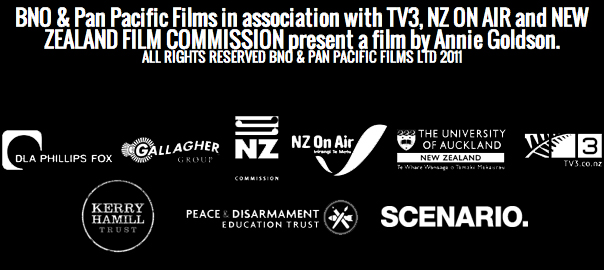Brother Number One straddles two important media categories – the feature film and the television documentary. Because of its particular funding structure, it was created first as a full length documentary feature film (99 mins) for general cinematic release and second as a 44 minute television documentary, to be screened on New Zealand’s TV3. Goldson had to create the film with both outcomes in mind. She edited the film length version first, before cutting the story to almost half its original size for a television audience. Because of the structure of commercial broadcasting, the television version had to allow for regular breaks in the narrative for advertising. Goldson has commented that she had to completely restructure the narrative of Brother Number One, in order to tell its complex story within five blocks. Each block is required to be more than five minutes and traditionally, the first block is the longest to ensure the audience is “hooked” into the story before the first advertising break.
1 | Before viewing either the film or television version of Brother Number One, consider the differences between cinema and television as media. What are the advantages and disadvantages of either medium, in terms of documentary story-telling? How do you expect the two versions of the documentary to differ? (Consider: narrative shape, target audiences, viewing context, commercial breaks).
2 | If you have access to both versions of Brother Number One, analyse and discuss the significant differences between the two in terms of narrative shape, pacing of the editing, emotional tone, focus on particular people, depth of engagement with issues, or sense of narrative resolution. Choose a short sequence from each version which offers a parallel of some kind (eg. the introduction or conclusion from both versions, or specific scenes which appear in both versions but which have been edited differently) and create a story board showing different shots and the narration/dialogue/music which accompanies them. This exercise will generate detailed evidence to support your understanding of the different demands placed upon directors of film and television documentaries. You might use this information as the basis for a class discussion and/or a written essay.
If the TV version is not available, students could compare the feature of Brother Number One with a regular TV documentary or popular factual programme, paying similarly close attention to the formal strategies of each.

